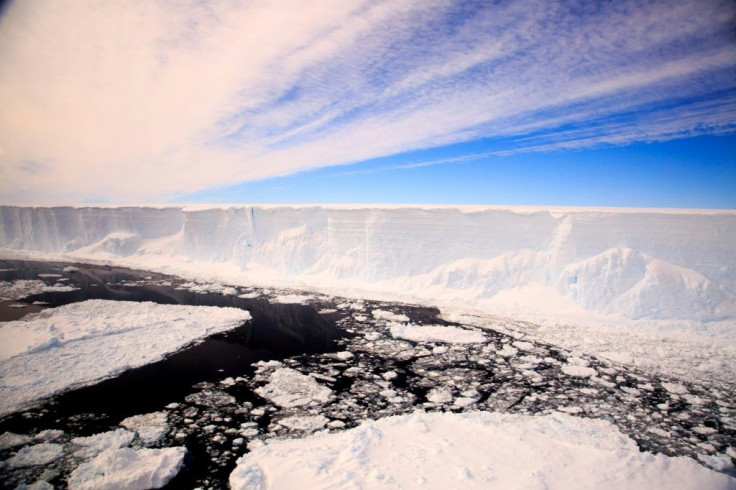Climate Change Makes Worst-Case Scenario Reality As Ice Melts Faster Than Ever
KEY POINTS
- A study revealed that the rate at which Earth is losing ice has increased by 65% between 1994 and 2017
- Researchers said a total of 28 trillion metric tons of ice has been lost in that period
- The ice loss from mountain glaciers, Antarctica and Greenland has raised global sea levels by 3.5 centimeters
A new study has revealed that the rate at which the Earth is losing ice is at its worst, and climate change is to blame.
Led by researchers at the University of Leeds in the U.K., the first-ever global ice-loss survey using satellite data has shown that the rate of ice loss has accelerated so much over the past three decades that scientists believe it is now in line with their "worst-case scenarios." According to the new findings, there has been a 65% increase in the rate land ice is melting between 1994 and 2017.
“It was a surprise to see such a large increase in just 30 years,” said lead author Thomas Slater, a glaciologist at Leeds University, Reuters reported.
The research, which was published in the journal The Cryosphere Monday and used data from the European Space Agency's ERS, Envisat and CryoSat satellites, revealed that a total of 28 trillion metric tons of ice was lost over the course of the 23-year survey. To get a better grasp of this colossal amount, this is equivalent to a 100-meter-thick (330 feet) sheet of ice able to cover the whole of the U.K.
The researchers said most of the ice loss came from mountain glaciers and Antarctica and Greenland's ice sheets. These losses have raised global sea levels by an estimated 3.5 centimeters.
“Although every region we studied lost ice, losses from the Antarctic and Greenland ice sheets have accelerated the most,” warned Slater in an article on the ESA website.
Slater continued, “The ice sheets are now following the worst-case climate warming scenarios set out by the Intergovernmental Panel on Climate Change.”
Around 1 million people living in low-lying regions become at risk for displacement with each centimeter of sea-level rise, the report noted.
The risk of flooding in coastal communities increases along with the rise in ice melt from sheets and glaciers — which has drastic consequences for society, the economy and the environment. The loss of ice itself also causes a further increase in the rate at which it melts.
“One of the key roles of Arctic sea ice is to reflect solar radiation into space, which helps keep the Arctic cool,” Isobel Lawrence, a researcher at the Centre for Polar Observation and Modelling, explained.
Lawrence continued, “As the sea ice shrinks, more solar energy is being absorbed by the oceans and atmosphere, causing the Arctic to warm faster than anywhere else on the planet.”

© Copyright IBTimes 2024. All rights reserved.





















